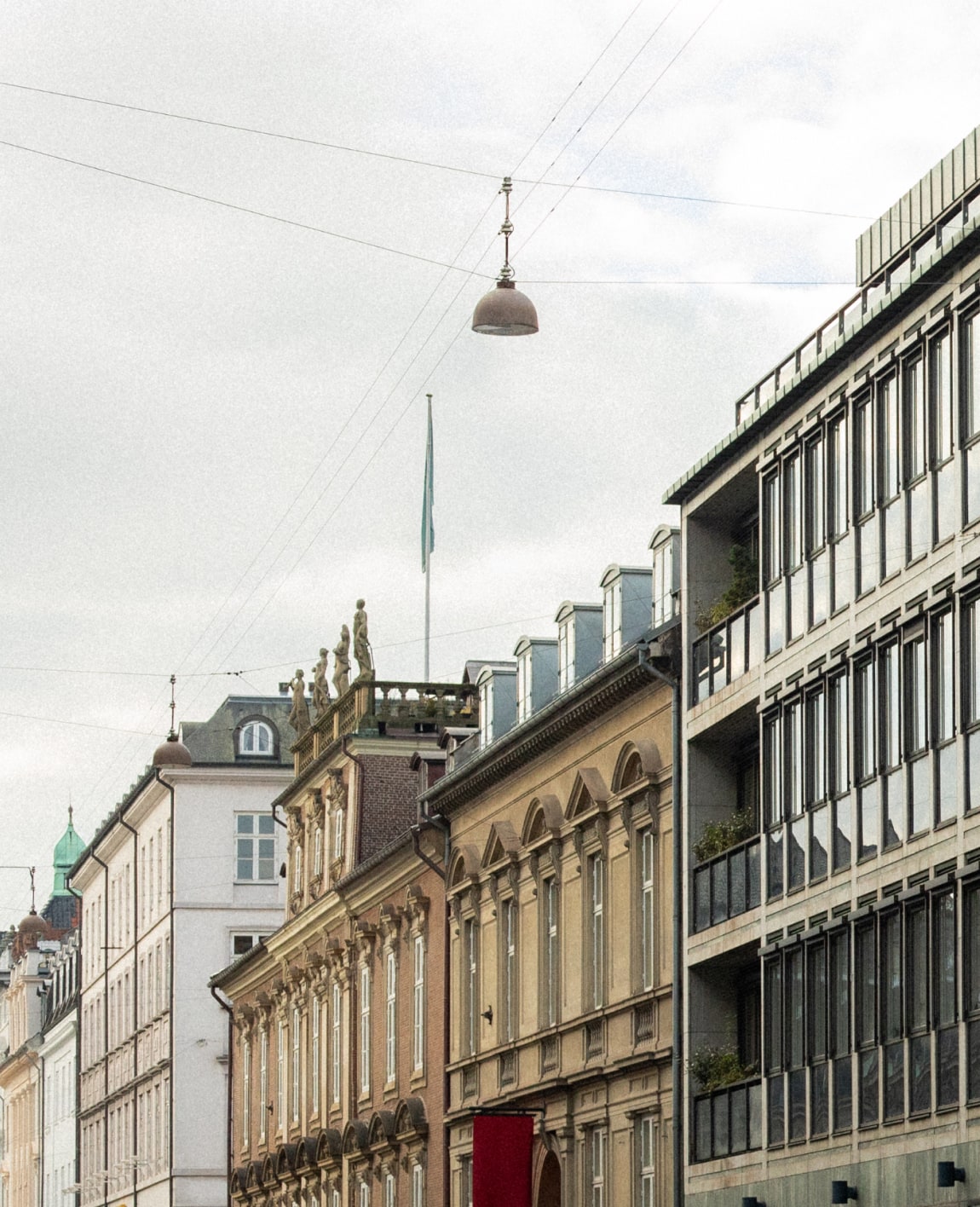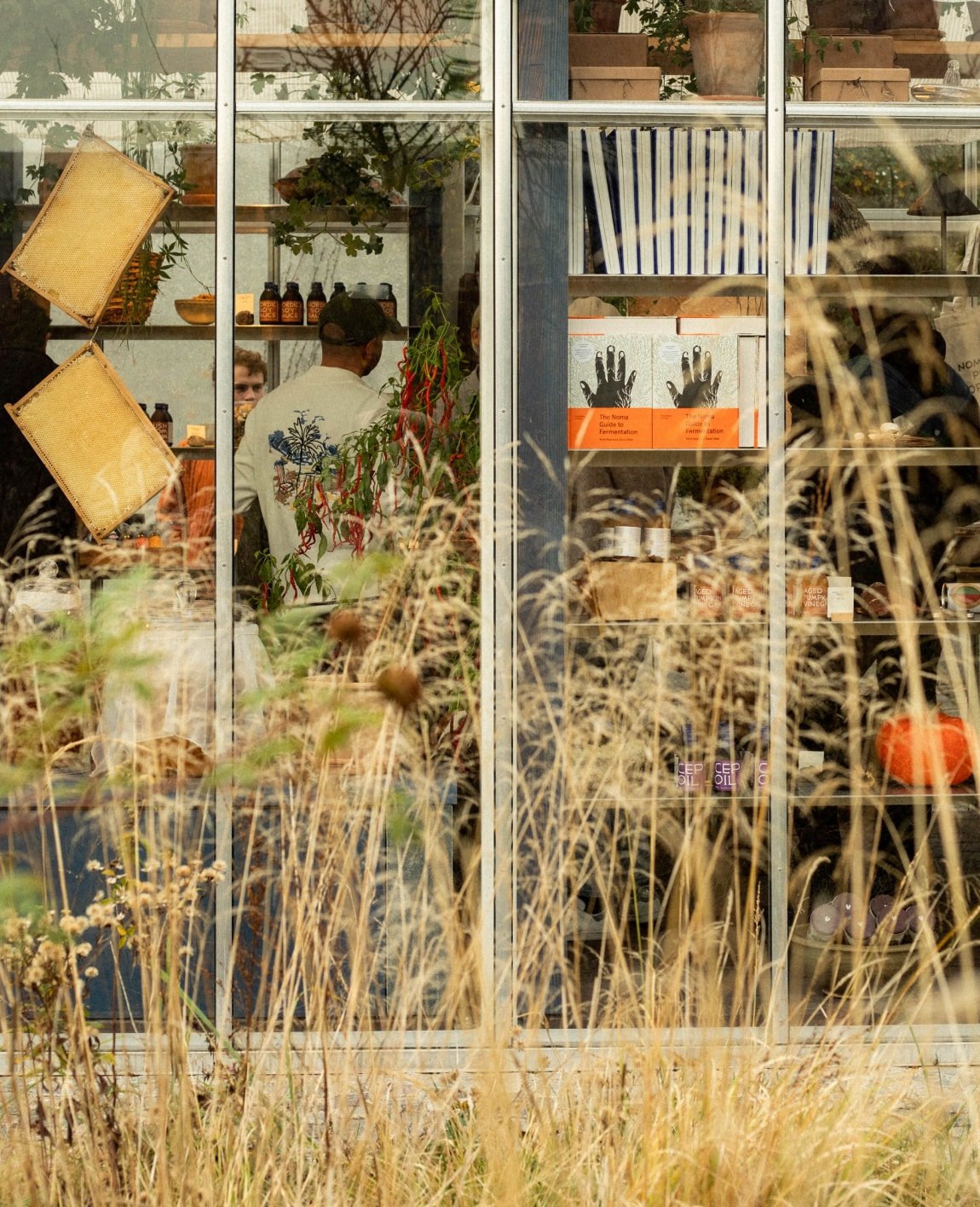Dreamscapes of Copenhagen
An Interview with George Byrne

© Justin Chung
For the third edition of our Canvas T-Shirt series, we reached out to George Byrne, an LA-based photographic artist known for transforming urban landscapes into mesmerizing dreamscapes (plus, a committed Son of a Tailor customer!).
Byrne's work blends modernist abstraction with urban realism, creating both familiar and surreal compositions; hovering in the space between what is and what quite is not. His uncanny aesthetic is brought into focus in his recent photo book Post Truth.
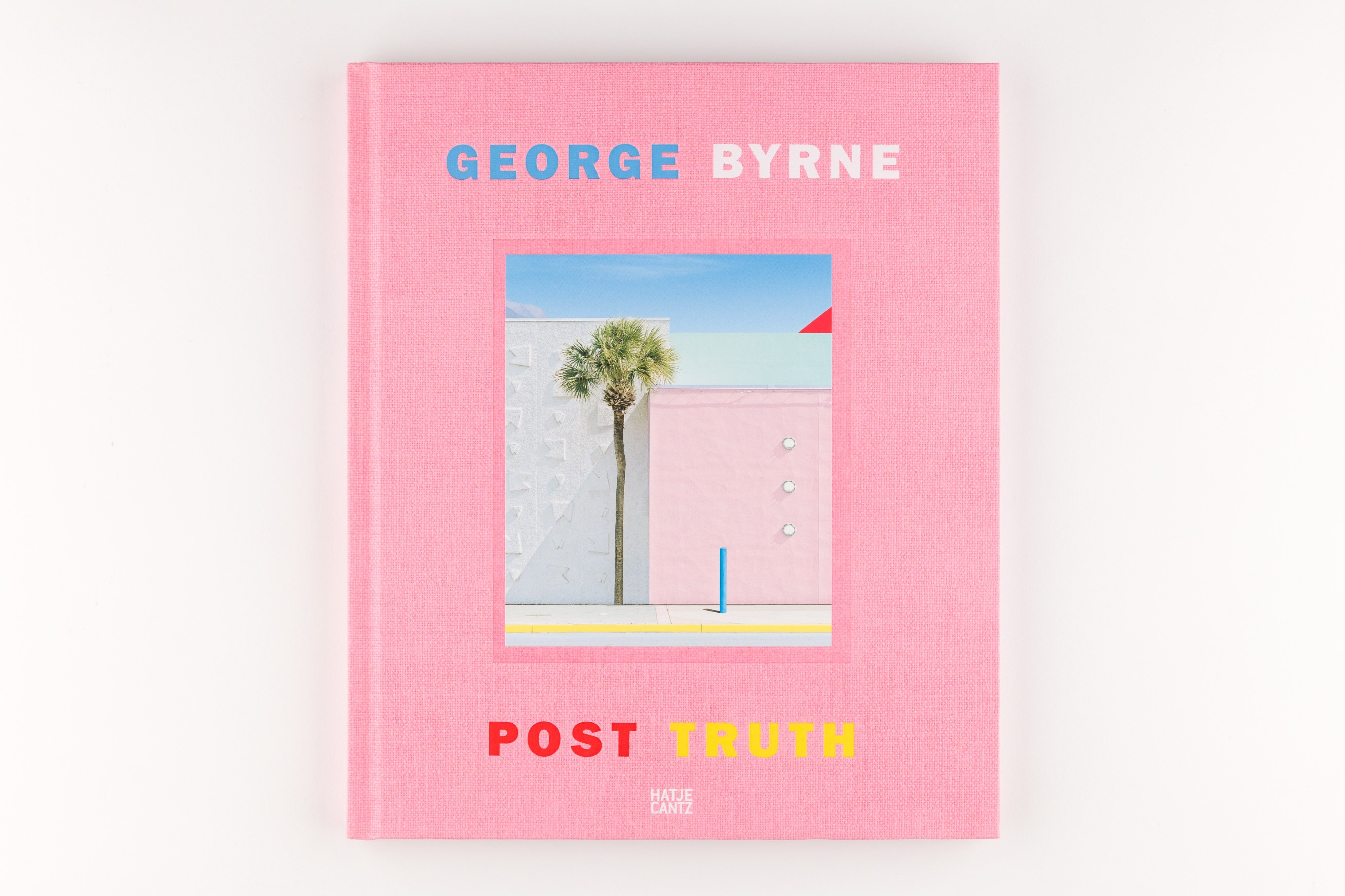
©Hatje Kantz
For this collaboration, we invited George to Copenhagen to point-and-shoot iconic sites and structures in the Danish capital, resulting in a limited-edition T-Shirt collection featuring three of his original artworks, each printed in just 250 editions.
All proceeds from this project will be donated to the CalFund wildfire charity, supporting communities affected by the devastating Southern California wildfires.
We sat down with George to talk about his creative journey, inspirations, and the magic of capturing a city through his lens.
Could you introduce yourself?
My name is George Byrne. I am a photographic artist based in LA. I grew up in Sydney, Australia, and moved to the United States about 15 years ago.
How did you first get into photography?
I became interested in it as a teenager. My sister actually introduced me to it. She was studying art at high school and had an old Canon camera lying around with film, and I would see her prints when she'd come home from school. That got me interested in photography as an art form. Before that, I had only ever known it as a way to document things, but she was the one who showed me it could be more than that.
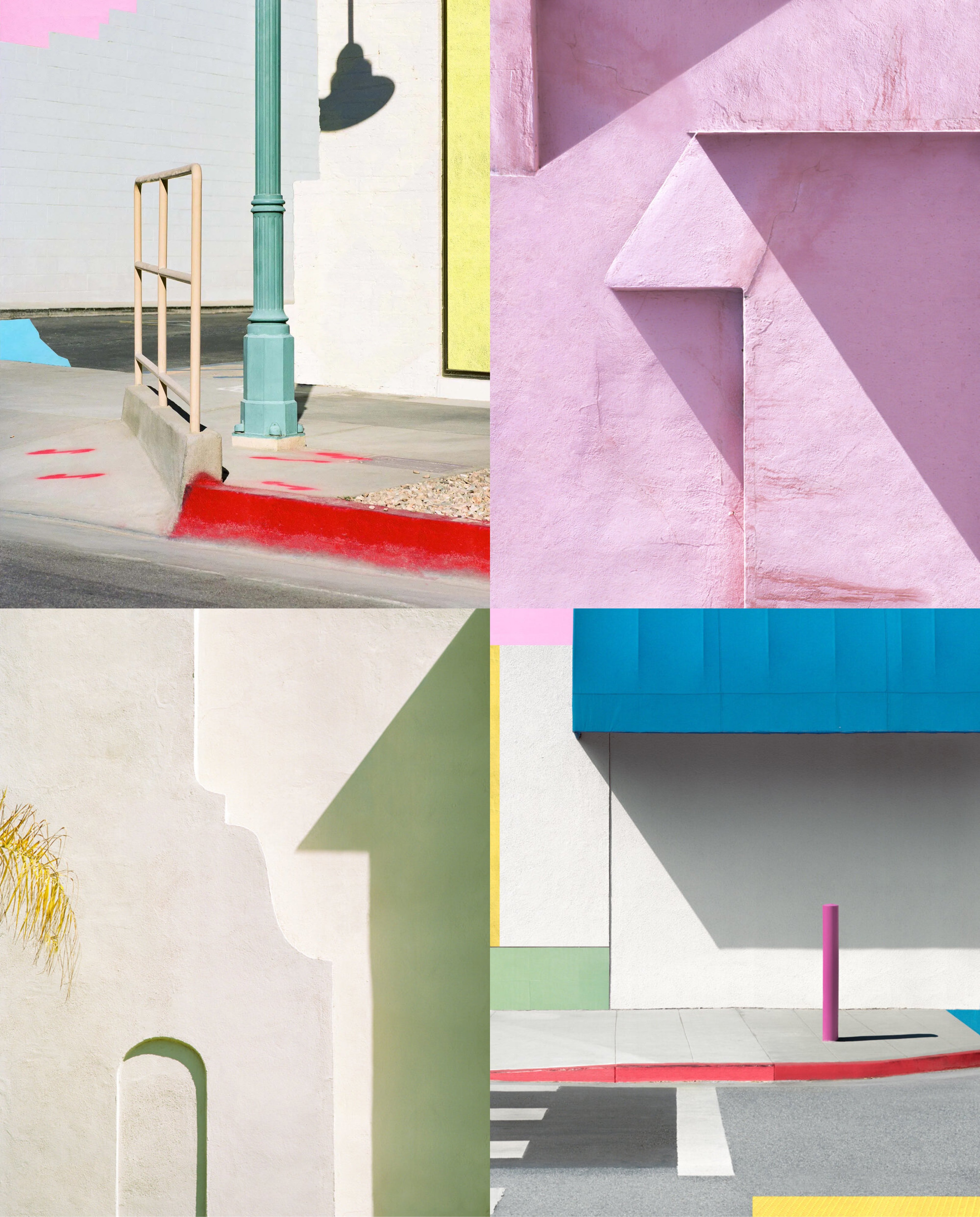
© George Byrne
Your work has a distinct approach to color and form. What inspires you?
“Light. Color. The way they interact. There's an alchemy in certain color combinations -it's almost musical, like a harmony you can feel in your body. When I first moved to LA, I was struck by its sun-drenched color palette - chalky pastels, faded grays, warm oranges, and soft yellows. It became my playground.”
Your images often tell stories about the places you capture. How do you choose what story to tell?
“Initially, I was telling the story of LA because I'd moved there, and I was stuck there. I didn't have the money to go anywhere else. And I was interested in the city. I had an immediate reaction to the landscape of Southern California. I was suddenly reminded of all the great artists I'd studied, like Ed Ruscha and David Hockney and Richard Diebenkorn - other artists that had used Los Angeles as their muse. That really helped me think about how I was reacting to the city.”
“I deconstruct, reconstruct, layer, and manipulate images until something new emerges.”
Can you walk us through your creative process?
“It starts with a visual hook - maybe a texture, a shadow, or a surprising combination of colors. I'll take a few photos, sometimes just with my iPhone. Then I'll sit with them. Some images speak to me immediately, while others take months, even years, to reveal their potential. My process has evolved to incorporate more collage techniques, treating photography almost like painting. I deconstruct, reconstruct, layer, and manipulate images until something new emerges. It's about bending and reshaping the world around me to create compositions that feel both real and abstract.”
What's the most thrilling part of your work?
“Seeing my work printed at scale. As a photographer, you don't live with your images at their full size like a painter does. The first time I see them at exhibition scale is usually at the opening, along with everyone else. Walking into a gallery and seeing all the pieces working together – it's an incredible feeling.”
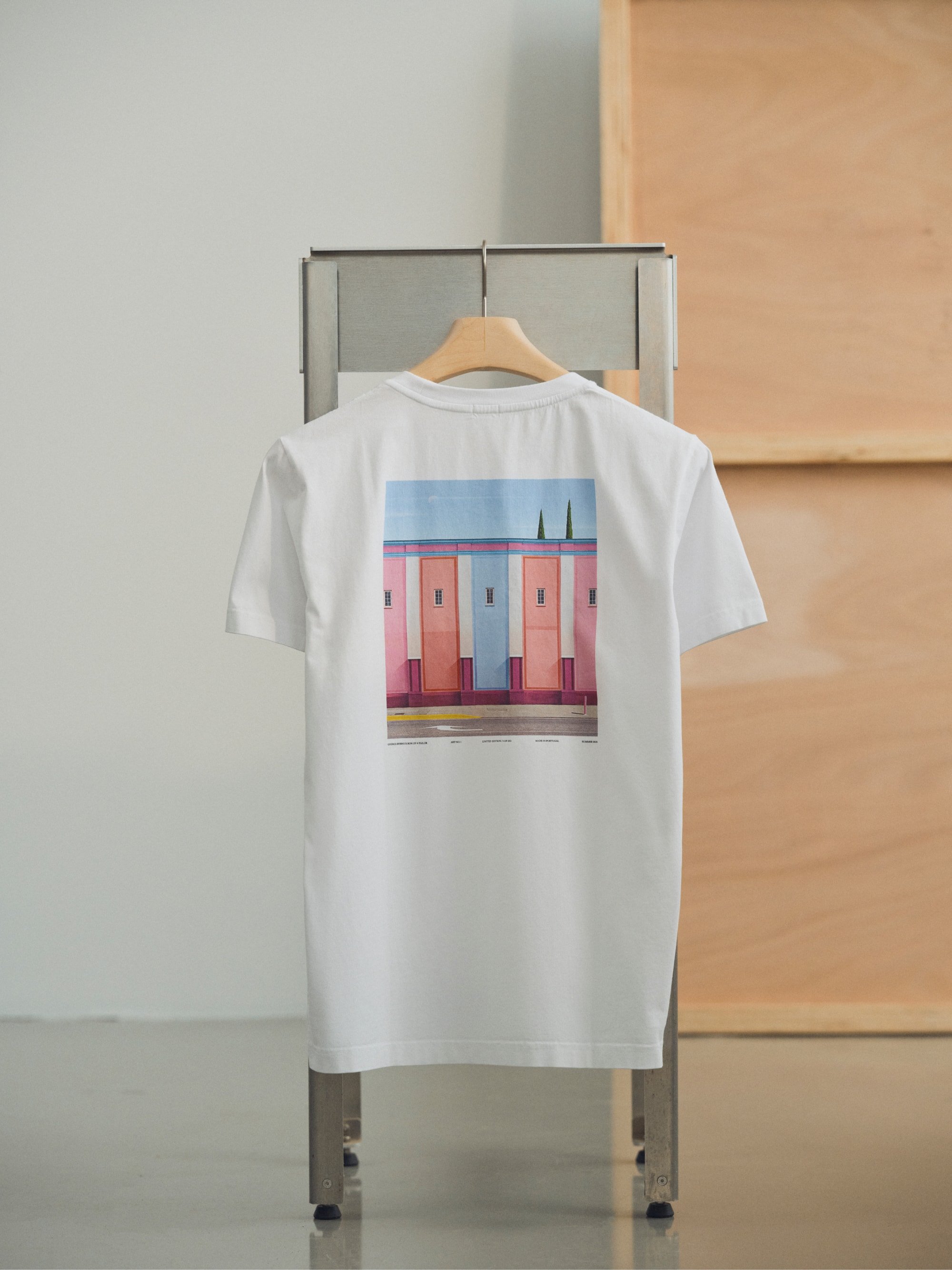
Has there been a moment that validated your path as an artist?
“Early in my career, I took a leap. I printed a batch of photos, packed them into a car, and drove across Australia to do three exhibitions. I broke even. That was a huge win for me. It was the first real sign that I might be on the right path.”
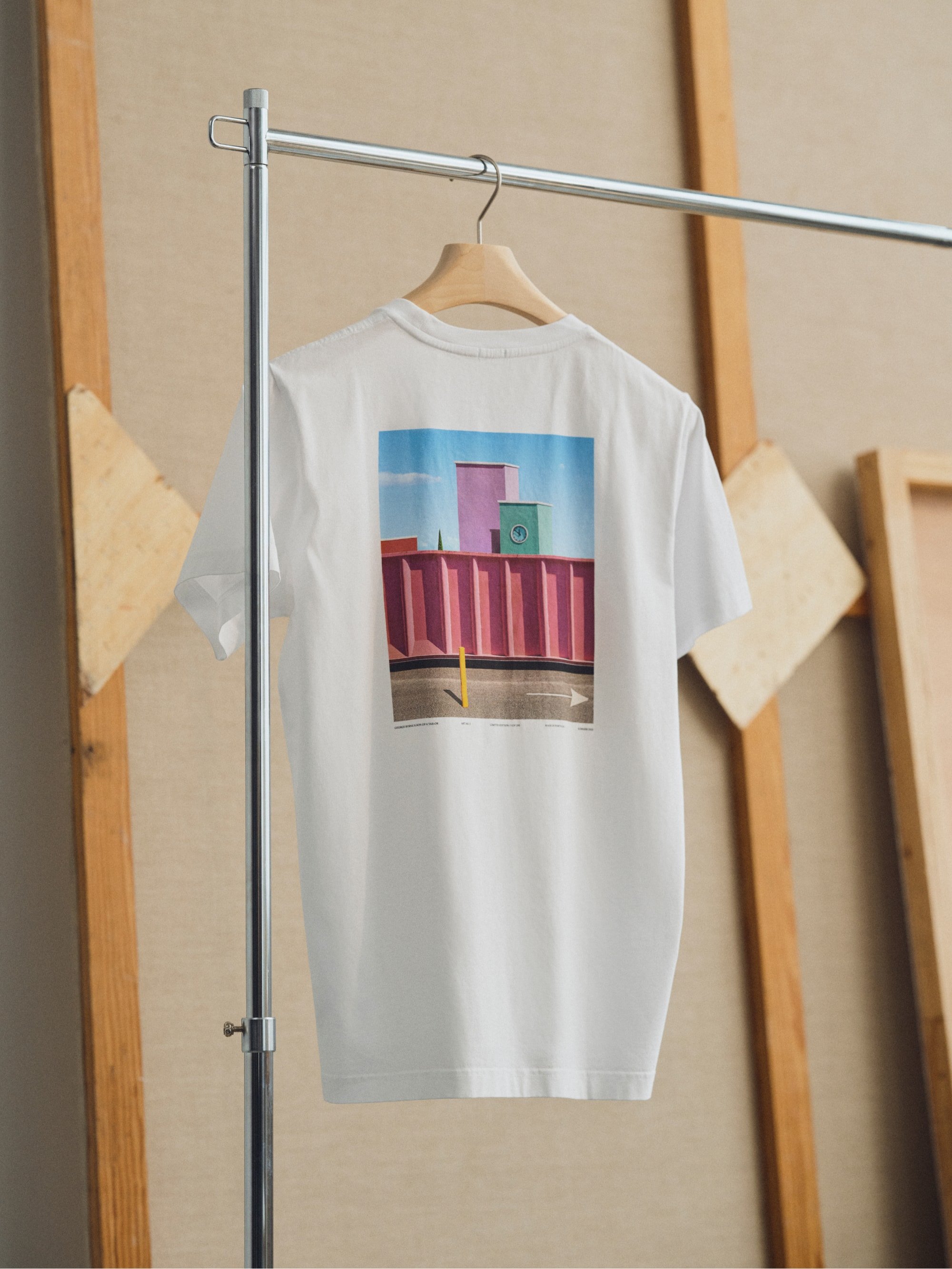
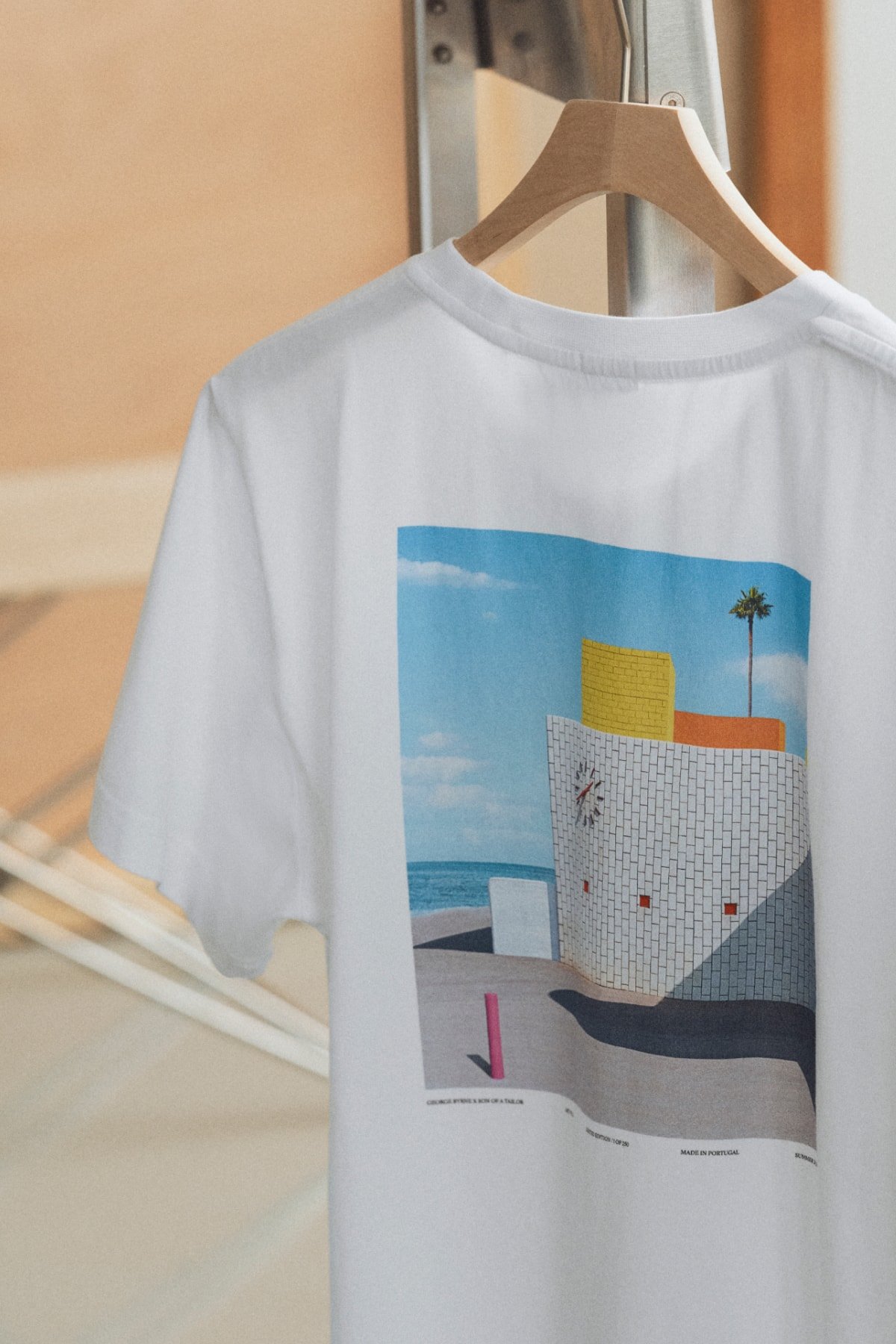
The Skovshoved Petrol Station, featured on the T-shirt above, was designed by Arne Jacobsen in 1937. All rights reserved by ARNE JACOBSEN® DESIGN.
Your work invites strong emotional reactions. What do you hope people feel when they look at your images?
“I had someone tell me that one of my pieces made them reflect on their own journey in LA in a way they'd never considered before. That's the dream. The best art, to me, is like music – you're not thinking about the artist; you're just feeling something. If my work makes people reflect on themselves rather than just the subject of the photo, then I've done my job.”
Explore the collection here
Further Reading
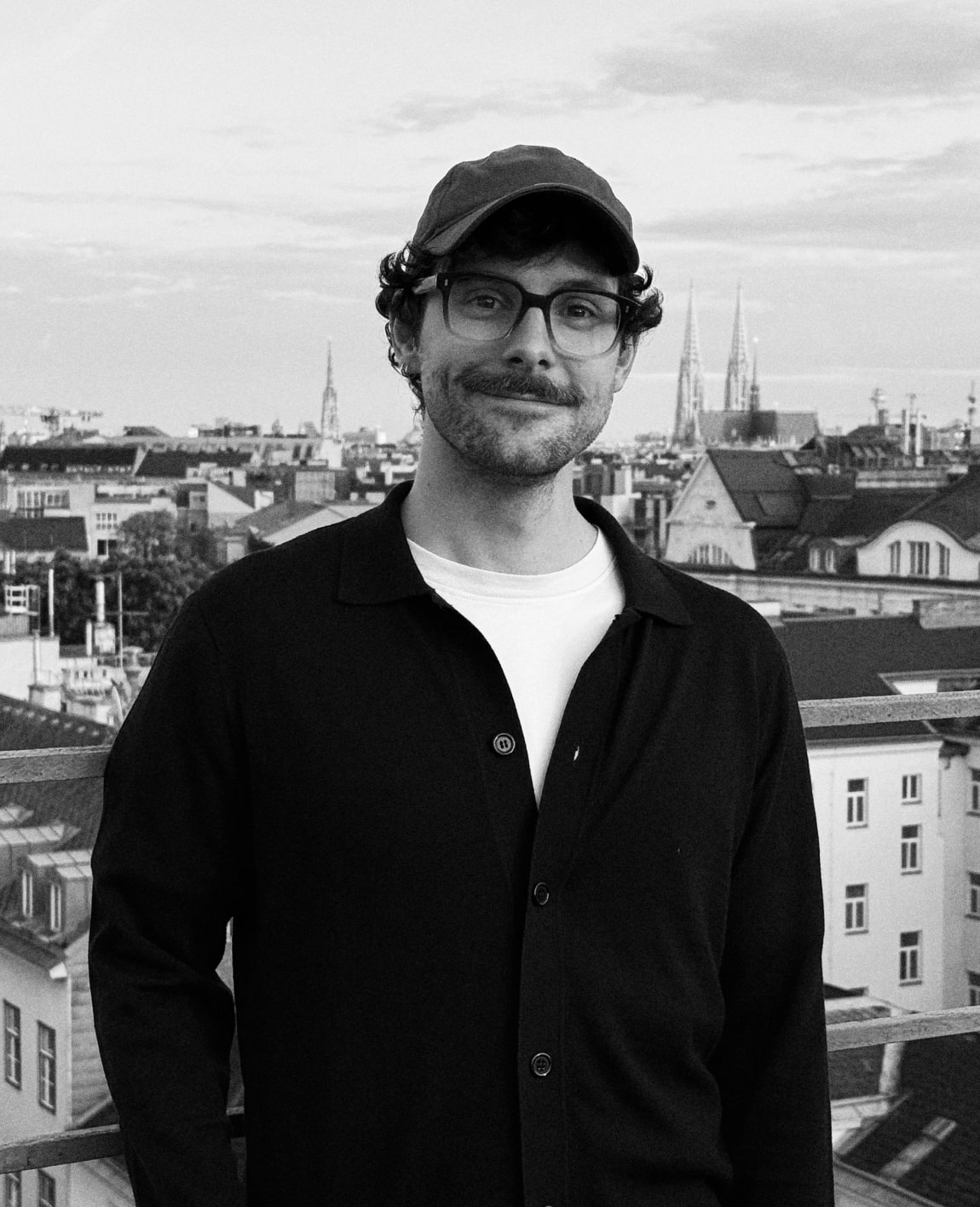
Made for... Georg
Vienna-based creator Georg on vintage, quality, and the quiet beauty of considered style.
